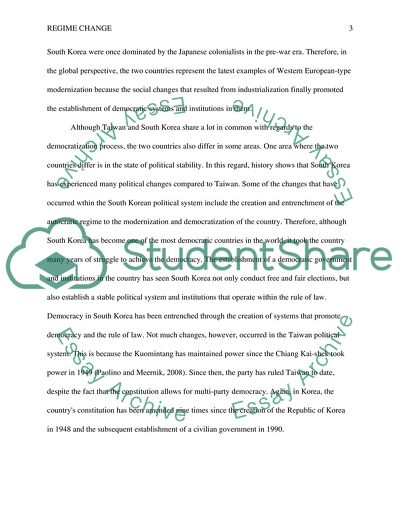Cite this document
(“What causes regime change Research Paper Example | Topics and Well Written Essays - 2000 words”, n.d.)
What causes regime change Research Paper Example | Topics and Well Written Essays - 2000 words. Retrieved from https://studentshare.org/social-science/1664267-what-causes-regime-change
What causes regime change Research Paper Example | Topics and Well Written Essays - 2000 words. Retrieved from https://studentshare.org/social-science/1664267-what-causes-regime-change
(What Causes Regime Change Research Paper Example | Topics and Well Written Essays - 2000 Words)
What Causes Regime Change Research Paper Example | Topics and Well Written Essays - 2000 Words. https://studentshare.org/social-science/1664267-what-causes-regime-change.
What Causes Regime Change Research Paper Example | Topics and Well Written Essays - 2000 Words. https://studentshare.org/social-science/1664267-what-causes-regime-change.
“What Causes Regime Change Research Paper Example | Topics and Well Written Essays - 2000 Words”, n.d. https://studentshare.org/social-science/1664267-what-causes-regime-change.


